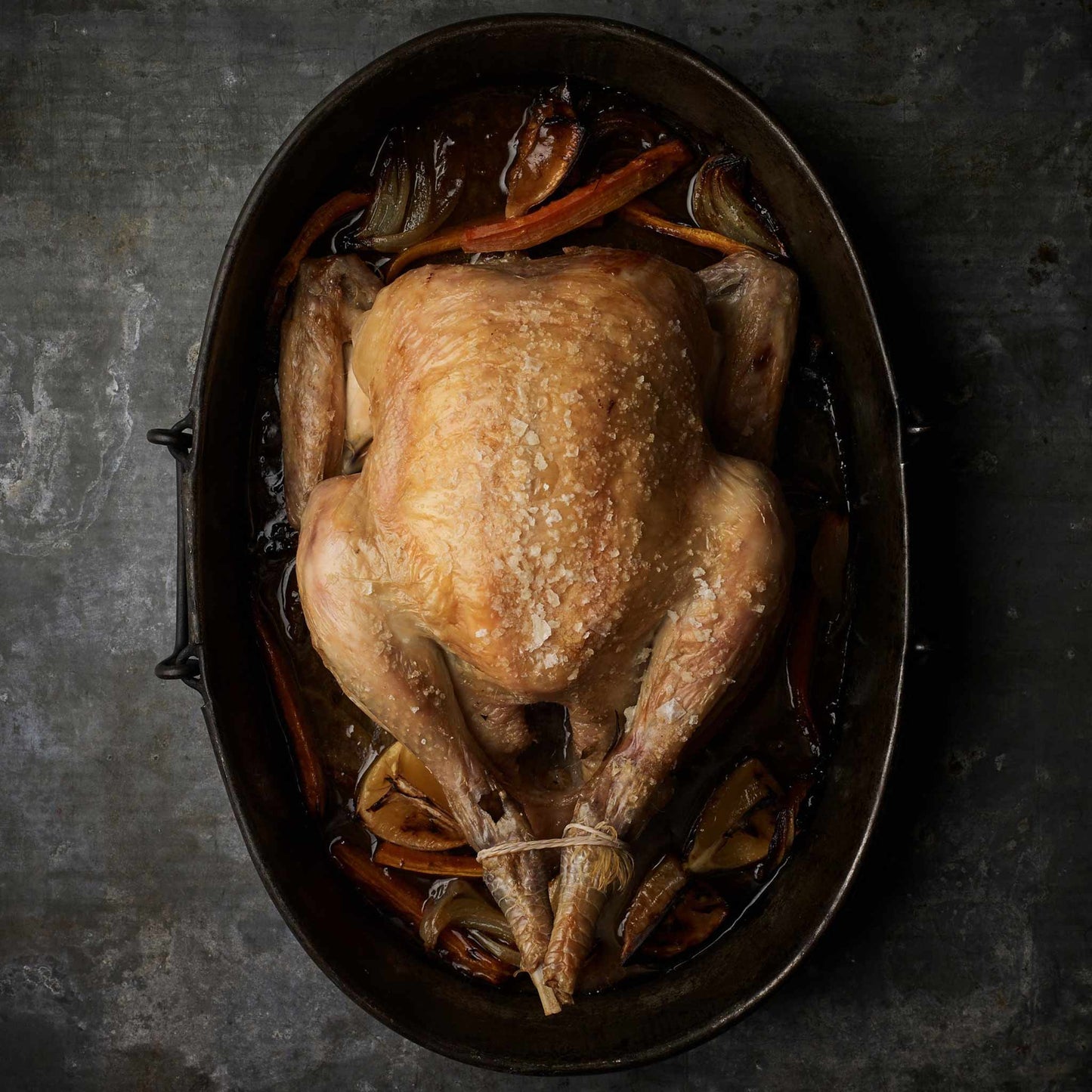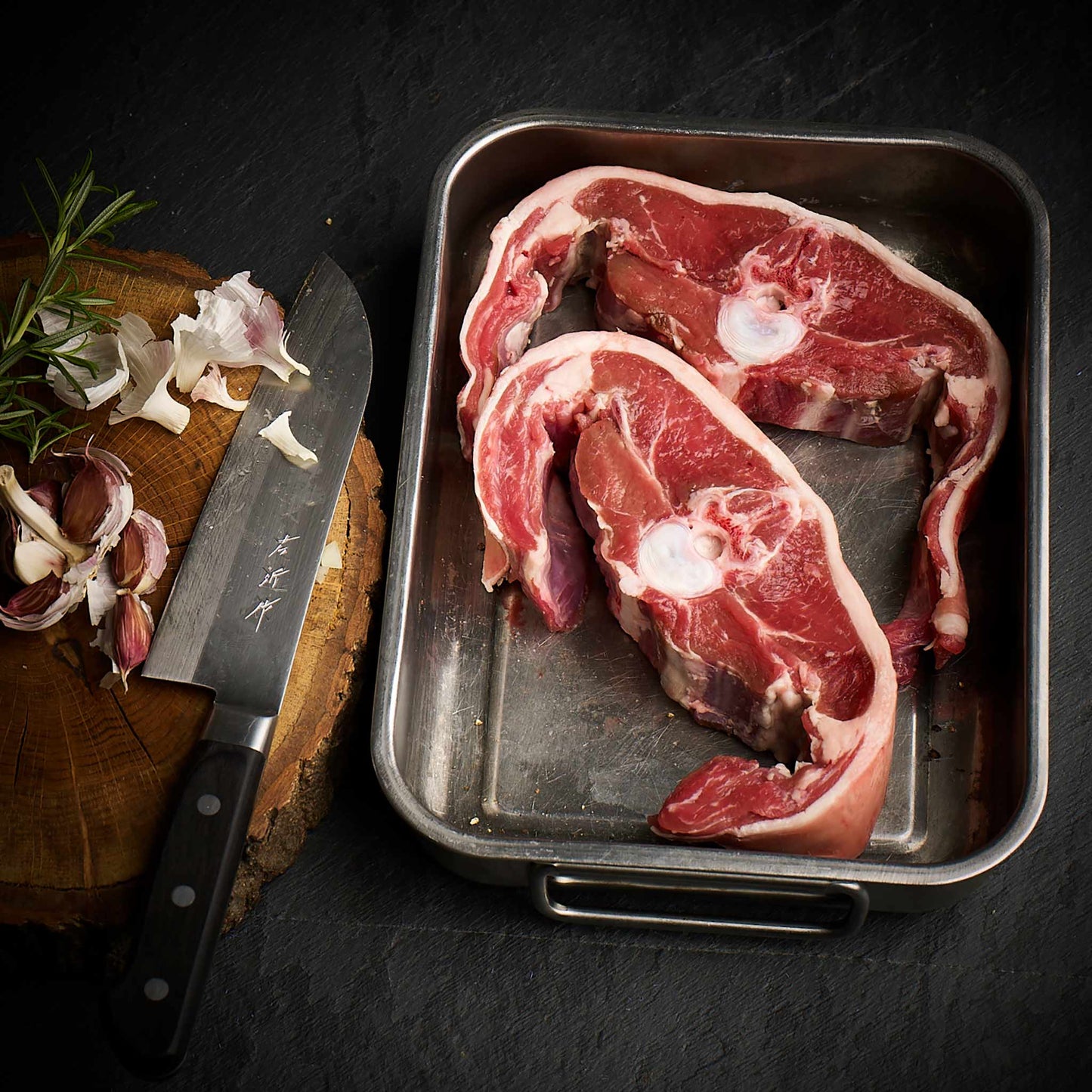We source our chicken from one farm in Leicestershire. The farm is Pasture for Life certified and rears truly free range, outdoor birds.
NORTH RONALDSAY
off the Northern coast of Orkney
NORTH ROLALDSAY
SHEEP EXIST ON A DIET THAT IS 80% SEAWEED
THE FARM
On a remote Scottish Island called ‘North Ronaldsay’ off the Northern coast of Orkney high up in the North Sea, is a peculiar stone dyke which encircles the entire 3 mile long island. This dyke was built in 1831 because of a peculiar and rare breed of sheep, the North Ronaldsay sheep. The dyke is 13 miles long and 6 feet high, and separates the interior of the island from the beach all the way around. Its purpose is to protect the inner island from ravenous marauders, in this case, the sheep! The North Ronaldsay sheep are without doubt the rarest and most unusual in the United Kingdom. Not only that, they are also a living link that stretches over 5000 years into Orkney’s past.

THE ANIMALS
The North Ronaldsay sheep still exist on a diet that is 80% seaweed today. This is incredibly rare for a mammal. In fact one of the only other seaweed eating mammals is the Galapagos Marine Iguana, making the North Ronaldsay sheep very unique indeed!
Scientific studies of the breed’s ancestors have actually shown that seaweed contributed to their diet as early as 5000 years ago! The sheep themselves are of the North European Short-Tailed variety. They most likely arrived in Orkney thousands of years ago from the Caspian through the Baltic and then Sweden and Norway to Orkney. There were bones found on Skara Brae from the current breed’s ancestors which dated back some 5000 years, showing just how long these sheep have called Orkney home.

THE ISLAND
North Ronaldsay is so far North that it is actually higher in the northern hemisphere than the Southernmost tip of Norway. Ronaldsay islanders, of which there are only around 50 today, down from about 500 in the mid 19th century, built this dyke in the 1800s in order to prevent the existing sheep from overgrazing inland, decimating their crops and potentially ruining the local economy. The Laird at the time felt that grazing cattle were more profitable, therefore the sheep were consequently confined to the beach.




